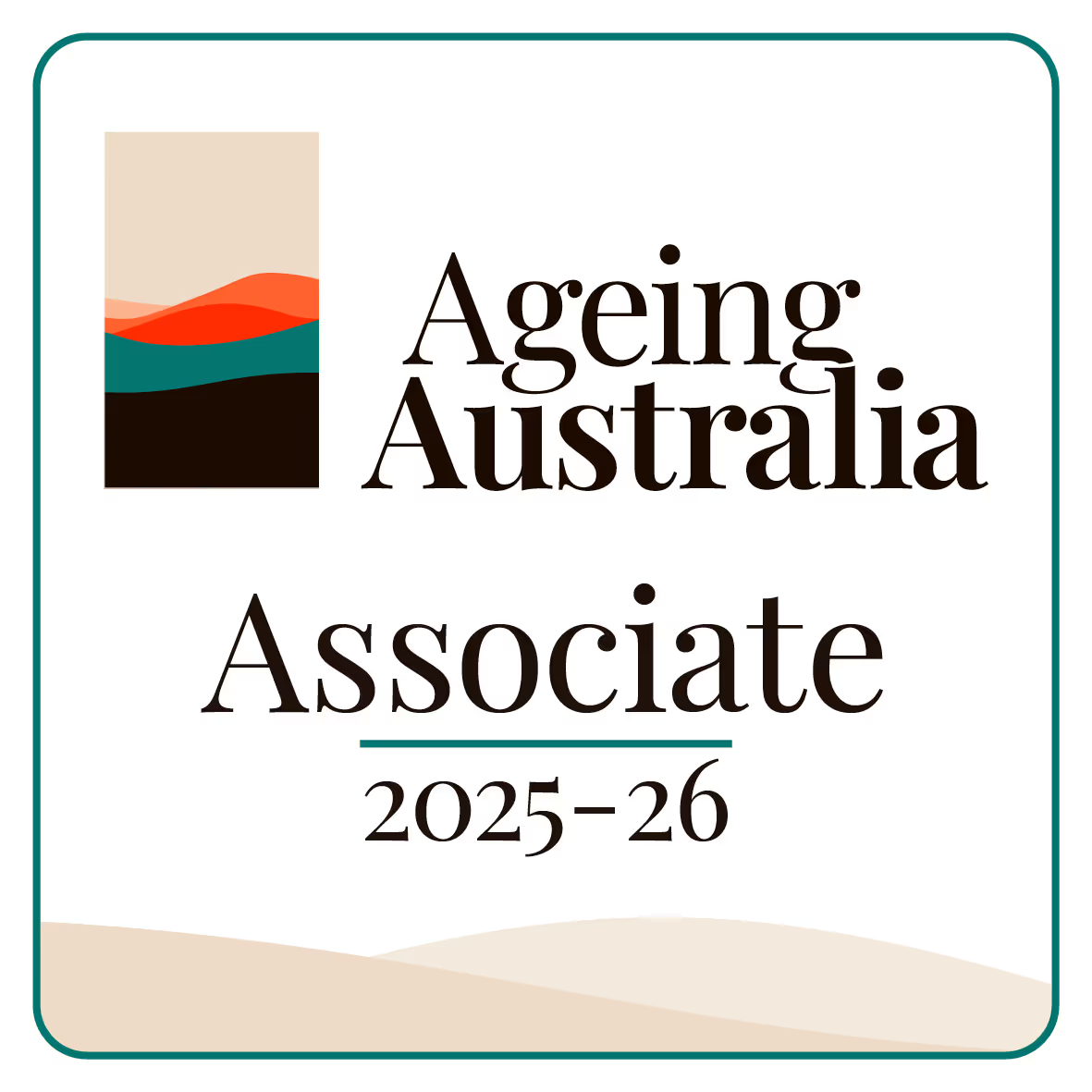When it comes to providing quality care for the elderly, aged care facilities must meet specific standards. These standards are reviewed through an accreditation process, a necessary step in making sure that facilities provide safe, effective, and compassionate care. If you are a healthcare provider, nurse, or part of the medical staff in an aged care setting, understanding this process is key to maintaining compliance and delivering the best service. In this article, we will take a closer look at the accreditation process, care facility audits, compliance standards, and audit preparation. Let’s dive in and make sure everyone is on the same page!
What is the Accreditation Process?
The accreditation process is a system used to evaluate whether aged care facilities are meeting required care standards. This process is conducted by organizations that assess the level of care, safety, and well-being that a facility provides to its residents. The goal is to confirm that the facility adheres to the standards set by regulatory bodies, ensuring that older adults are cared for in a way that supports their dignity and health.
Think of accreditation as a stamp of approval. It is a way for the public to trust that a facility is providing the right care. It is also an important indicator for medical staff to work in a compliant, professional environment.
.png)
Why is Accreditation Important in Aged Care?
Accreditation is not just a box to tick for facilities; it holds real value for everyone involved. It helps build trust between the care facility and the families of residents, ensuring that standards of care are being met. For healthcare providers and nurses, it provides clear guidelines on the level of care expected, which is essential in delivering the best service.
Without accreditation, facilities may struggle to demonstrate their commitment to high-quality care, which can affect their reputation and, ultimately, the well-being of their residents. Think of it as a protective shield—accreditation helps maintain high standards and supports the safety and health of everyone involved.
The Care Facility Audit
A care facility audit is a key component of the accreditation process. It is the formal review of how a facility operates, focusing on the policies, procedures, and practices that ensure quality care. The audit checks whether the facility complies with regulatory requirements, but it also evaluates areas like staff training, infection control, resident rights, and more.
During an audit, assessors will observe the day-to-day operations of the facility. They may look at staff-patient interactions, check if the facility maintains proper records, and verify that the necessary equipment is in good condition. If an issue arises during the audit, it will be noted, and the facility will need to address it to stay compliant.
How to Prepare for an Audit
.png)
Audit preparation is crucial. You can think of it like studying for an exam. The more prepared you are, the better the results will be. To help your facility pass the audit with flying colors, there are several steps you should follow.
1. Review the Standards
Start by reviewing the accreditation standards relevant to your facility. The standards will vary based on location and the type of care offered, but they generally cover areas such as hygiene, staff competence, safety procedures, and resident rights. Get familiar with them to know exactly what the assessors will be looking for.
2. Conduct Internal Audits
Internal audits are a great way to check how well your facility is doing before the official audit. These audits help identify any areas where you might need improvement. If issues are found, it gives you the chance to correct them before the official inspection. This could include training staff on certain procedures, updating documentation, or improving cleanliness.
3. Engage Staff in the Process
Make sure that everyone in the facility understands the importance of the accreditation process. Hold training sessions or discussions with your staff to make sure they are up to date on what is expected of them. This could include reinforcing infection control protocols, patient care practices, and emergency procedures. When staff are well-prepared, it makes the audit process smoother.
4. Document Everything
Documentation is key in the accreditation process. It is essential to keep accurate records of everything, including staff qualifications, training, and resident care plans. During the audit, you may be asked to provide proof of compliance, so having proper records can help ensure you pass the audit with ease.
5. Create a Clean and Safe Environment
You do not want to be caught off guard during an audit when it comes to cleanliness and safety. Audit assessors will be looking at the physical environment of the facility, so make sure it is spotless and safe. Check for hazards, ensure that equipment is maintained, and make sure all areas of the facility are free from clutter.
Compliance Standards in Aged Care
Compliance standards in aged care are the rules and guidelines that facilities must follow to provide the best care possible. These standards cover many different areas, such as:
- Resident Rights: Ensuring that residents are treated with dignity and respect.
- Personal Care: Providing appropriate care based on individual needs.
- Safety and Security: Keeping residents safe from harm, including falls, abuse, and neglect.
- Staff Training: Making sure staff are properly trained and competent to handle the various needs of residents.
- Health and Well-being: Monitoring the health of residents and taking appropriate steps to address their physical and mental health needs.
If a facility does not comply with these standards, it could result in a poor audit outcome or even a loss of accreditation. Compliance is critical in providing high-quality care that meets both legal and ethical requirements.
.png)
What Happens After the Audit?
Once the audit is complete, you will receive a report detailing the findings. If your facility has met the required standards, you will be granted accreditation for a set period of time, usually around three years. However, if the assessors find areas where the facility is not compliant, they may issue recommendations or require corrective actions to be taken.
Facilities that are given recommendations will need to implement changes and undergo a follow-up audit to verify that the necessary improvements have been made. If the facility fails to make these improvements, the accreditation may be revoked.
The Role of Medical Staff in Accreditation
Medical staff play an essential role in the accreditation process. You are at the front lines of care, interacting with residents and overseeing their well-being. Your job is to follow the care plans, document appropriately, and provide feedback on how things are running. Your participation in the audit is crucial to ensuring your facility meets compliance standards.
It is also important to work closely with administrators to make sure everything is in place for the audit. Whether it is making sure records are up to date, or assisting with staff training, your involvement will help your facility stay on track.
Common Mistakes to Avoid During the Accreditation Process
While preparing for an accreditation audit, it is important to avoid common mistakes that could impact your facility’s success. Some of these include:
- Neglecting staff training: All staff members should be aware of the standards and know how to meet them.
- Failing to document properly: Incomplete or inaccurate documentation can be a major red flag during the audit.
- Not addressing non-compliance early: If issues are found, do not wait until the audit to fix them. Act early to make improvements.
.png)
Conclusion
The accreditation process may seem like a daunting task, but it is an important part of providing the best care possible to those in need. By understanding what is expected, preparing thoroughly for the audit, and staying compliant with standards, you can help ensure your aged care facility offers high-quality care. Remember, the accreditation process is not just about passing an exam—it is about creating an environment where residents are safe, comfortable, and treated with respect. So, roll up your sleeves, get to work, and know that the hard work will pay off in the end.










